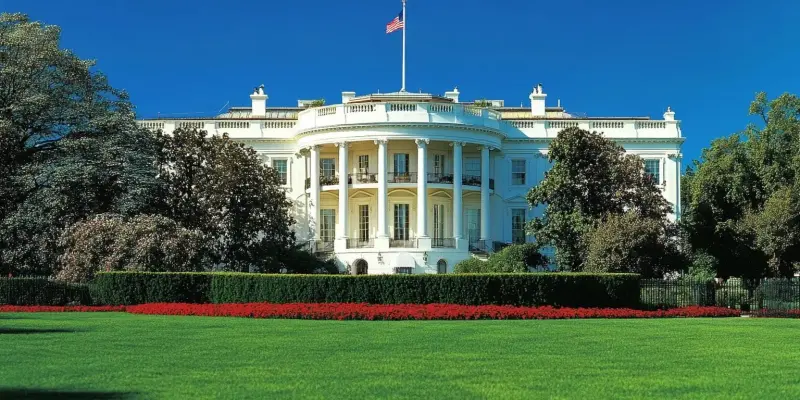Following Donald Trump and the Republicans’ sweeping victory, there is widespread anticipation regarding the fundamental changes expected within the federal government. These changes, driven by the incoming administration’s policies and priorities, are poised to significantly reshape government agencies, particularly those involved in workplace enforcement, as well as the federal workforce at large.
Budget Priorities
One critical aspect under intense consideration is the new budget, which is likely to be voted on during the upcoming lame-duck session of Congress. With the current continuing resolution (CR) set to expire on December 20, the existing Republican House seems unlikely to support a budget that aligns with the outgoing administration’s objectives. Thus, it appears inevitable that a new CR extending into the new year will be introduced. This will provide the incoming president and his Congressional allies their first real opportunity to outline and implement their budgetary priorities. There remains considerable uncertainty about whether the new budget will include funding for Ukraine or if those funds will instead be redirected towards forced deportations. Additionally, adjustments to the farm bill may be necessary to account for subsidies addressing losses from tariff and trade wars.
Workplace Agencies’ Fiscal Future
Agencies such as the National Labor Relations Board (NLRB), Occupational Safety and Health Administration (OSHA), Equal Employment Opportunity Commission (EEOC), Federal Trade Commission (FTC), and the Department of Labor (DOL) face the possibility of significant funding cuts. If current trends persist, these workplace enforcement agencies might struggle to maintain their current funding levels. This reflects the Republicans’ historically low regard for these institutions and points to a future where these agencies may find it increasingly challenging to operate effectively.
Federal Workforce Policies
One of President Trump’s most controversial and radical proposals is the potential reinstatement of Schedule F, an Executive Order that would allow the conversion of tens of thousands of civil servants to “at-will” employees. This transition would make it easier to fire and replace these employees with political appointees. While President Biden revoked this order upon taking office, the prospect of its reinstatement under Trump’s administration is causing considerable concern within the federal workforce. The potential return to a “spoils system” where loyalty to the president is a job criterion has raised alarms, drawing comparisons to discredited practices from centuries past. Vice-President-elect J.D. Vance’s open call for firing most civil servants and replacing them with “our people” further amplifies these concerns.
Impact on Regulatory Agencies
Regulatory agencies such as the Environmental Protection Agency (EPA), OSHA, and the entire Education Department are likely targets under the new administration’s policies. The administration’s stance could lead to a “brain drain,” wherein retirements and resignations deplete these agencies of experienced personnel. This scenario may align with the administration’s preference to minimize regulatory oversight. The potential weakening of these agencies could have long-lasting effects on their ability to enforce regulations and protect public welfare, which resonates with the administration’s broader business-first vision.
Overarching Trends and Consensus Viewpoints
Following Donald Trump and the Republicans’ sweeping victory, there is widespread anticipation regarding the profound changes expected to unfold within the federal government. The policies and priorities set by the incoming administration are projected to dramatically transform various government agencies. This reshaping is particularly expected to impact agencies focused on workplace enforcement. The Trump administration’s agenda includes significant regulatory overhauls that may lead to a more business-friendly environment, potentially reducing certain protections currently in place for workers. Additionally, there is a strong possibility that the federal workforce will undergo substantial changes. The administration aims to streamline operations, potentially leading to workforce reductions or reassignments. These measures are intended to enhance efficiency and cut down on perceived bureaucratic redundancy. As these policies are implemented, both government agencies and employees may face a period of adjustment and uncertainty. The anticipated reforms represent a significant departure from previous administrations, marking a new era of governance and public policy in the United States.

